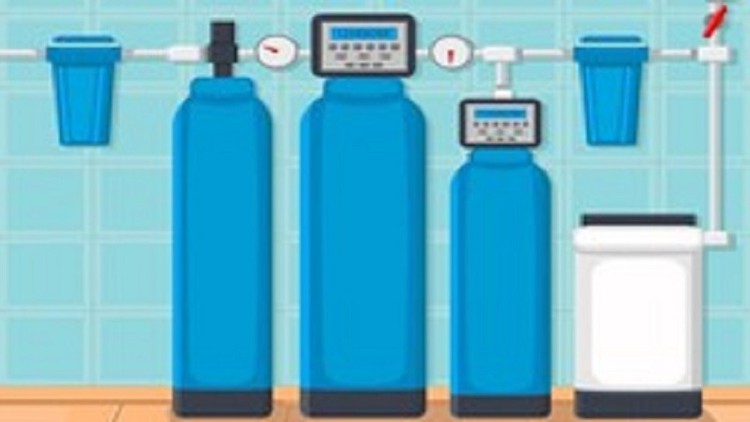
Zeolite & Ion Exchange Method
What you will learn
Water softening Methods
Zeolite / Permutit Method
Ion Exchange/ Deionization Method
Why take this course?
Hard water is water that has high dissolved mineral content (as opposed to soft water having a low dissolved mineral content). Hard water has high concentrations of calcium (Ca2+) and magnesium (Mg2+) ions. . Rainwater and distilled water are soft because they contain few ions. Hard water is typically found in groundwater (wells) as the water is in direct contact with minerals that can be dissolved. Surface water (lakes, rivers, or streams) is generally soft with very low levels of hardness.
Hard water is generally not harmful to one’s health but can pose serious plumbing problems in both residential and commercial applications. From the lack of suds formation in bathing and laundry applications to the costly breakdowns in boilers, cooling towers, and other equipment that handle water, water hardness is a serious issue.
Water softening is a process that deals with a problem called “hard water.” Hard water is any type of water that contains more minerals than average tap water. Mostly it has to do with elevated levels of calcium and magnesium, which can make it difficult for products like soap to dissolve in the water. It can also leave hard water stains on bathtubs or sinks and clog pipes.
Water softening is a process in which the ions of calcium, magnesium, and other hardness-causing ions are removed. It is these ions in hard water that make it difficult for products with other positively charged ions to dissolve in the water. By doing this, the water softening removes the offending minerals from the water. This course covers an introduction to different water treatments. Detailed study of principle, process, ion exchange reaction, regeneration reaction, advantages, disadvantages of Zeolite method and Ion exchange methods.